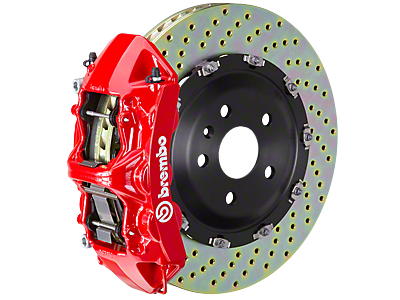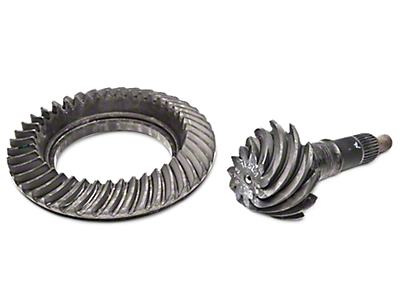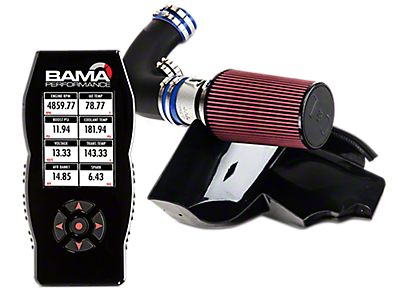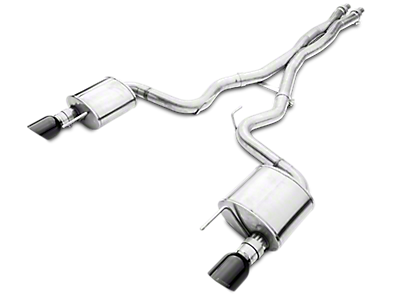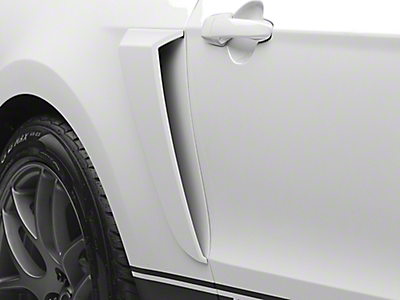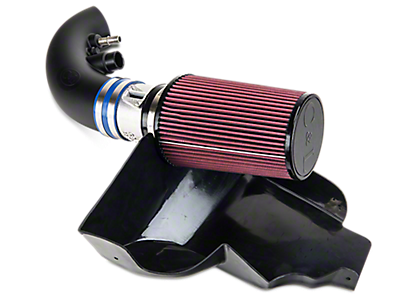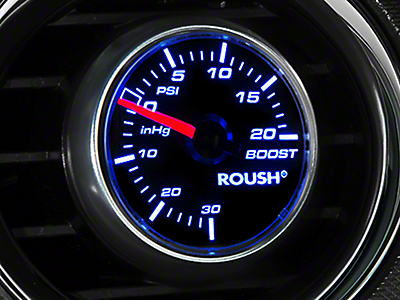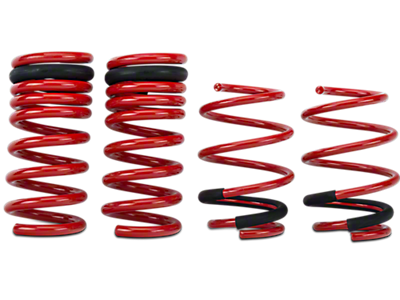2019 Ford Mustang
The big news for the 2019 Ford Mustang is the return of the Bullitt edition to the lineup. Alongside subtle aesthetic changes to pay homage to original 'McQueen' version, the 2019 Mustang Bullitt boasts an extra 20 horsepower over the regular GT 'Stang, settling at an even four-hundred-and-eighty. Another new feature, exclusive to Coyote V8 powered S550 Mustangs, is a rev-matching featuring to make downshifting the MT82 6-speed a breeze. Not wanting to leave 2.3L EcoBoost Mustangs out of the mix, the four-banger pony cars can now be equipped with active variable exhaust.
Pure Power Manipulation
For rear-wheel drive cars, one of the best bang-for-buck mods has been to change the rear end differential ratio. Both 4-cylinder and V8 Mustangs alike can see massive changes with new rear end gears. While changing the gear does not actually alter the power output of the engine, it does change the manipulation of the power, and can do so with drastic results. There are four factory ratios: 3.15:1, 3.31:1, 3.55:1 and 3.73:1. This ratio signifies the revolutions of the input versus the output (with a 3.55 gear, the driveshaft must rotate 3.55 times to turn the wheels one full revolution).
- 3.73: A good, all-around street and strip gear ratio. Fun to drive, no excessive fuel consumption or high revving on the highway. This is the factory choice for V8 Mustangs with Performance Pack.
- 4.10: Acceleration is strong and burnouts are easy - certainly more oriented for those at the drag strip. While still streetable, expect higher RPM, more noise and fuel consumption during daily driving.
A lower (steeper) gear, with a higher numerical value, is optimized for acceleration, creating an extremely fun driving experience at the expense of top speed and, to some degree, fuel economy. In lower horsepower situations, a steeper gear can really help to get the car moving, as the increase in engine RPM for a given wheel rotation acts as a torque mulitiplier. A higher gear does the opposite - trading off-the-line acceleration for top end speed. With less input revolutions per output, the engine will always be at a lower RPM for a same given speed. This allows for a higher top speed in each gear before hitting the red line.
Flywheel Inertia
While on the topic of drivetrain components, why not discuss flywheels. Switching out the flywheel (on a manual transmission 2019 Mustang) will have a similar effect as to changing the gear ratio. It does not increase or decrease horsepower, but manipulates the power available. Aftermarket flywheel selection is all about mass. Generally speaking, aftermarket variants offer ligher than OEM versions, either a lighter steel version or a billet aluminum version. Reducing the weight of the flywheel directly effects engine response. A lighter flywheel decreases the weight of the rotating mass, thereby allowing the engine to rev up quicker. This 'ease-to-rev' ability is perceived through improved throttle response and improved acceleration, but is more sensitive to load. However, this reduced rotating mass acts as a double-edged sword. It takes less energy and time to rev, but it also has less inertia. This means once you're off the gas, the engine slows down quicker. Thus, when shifting, braking and taking-off from a stop, more care needs to be applied as to keep the engine in a proper RPM range. All said, a lightweight flywheel will make a 2019 Mustang a bit more demanding to drive on the street, but it will perform better at the track

